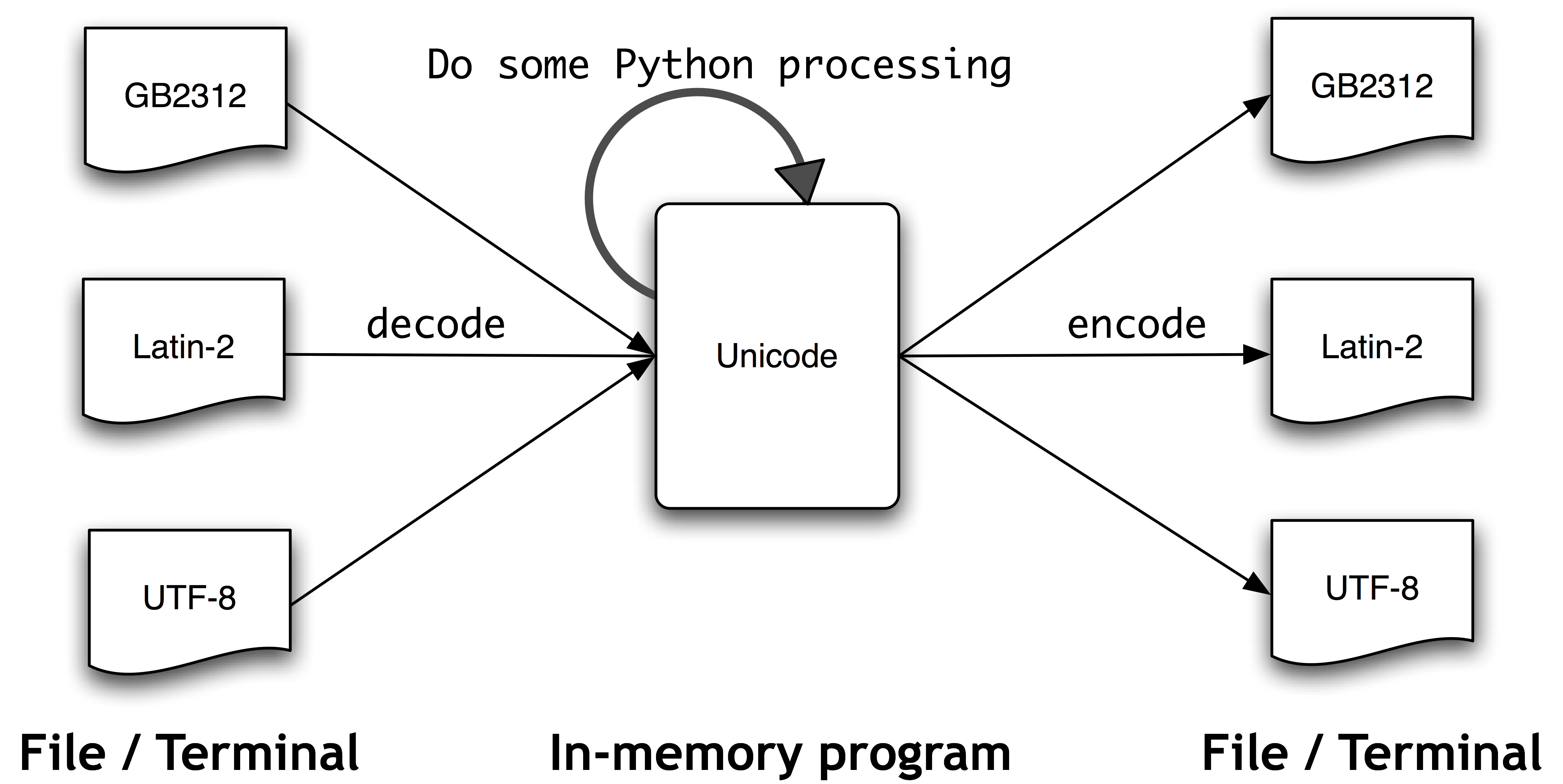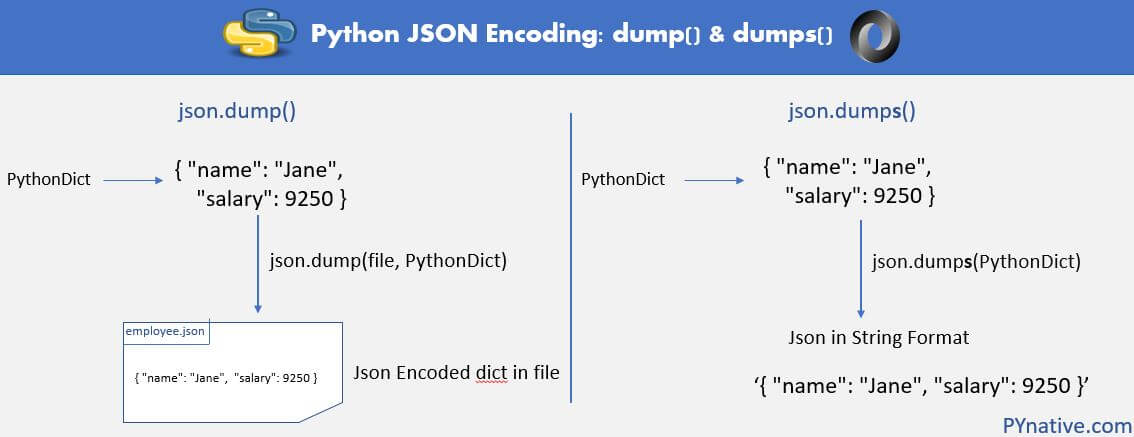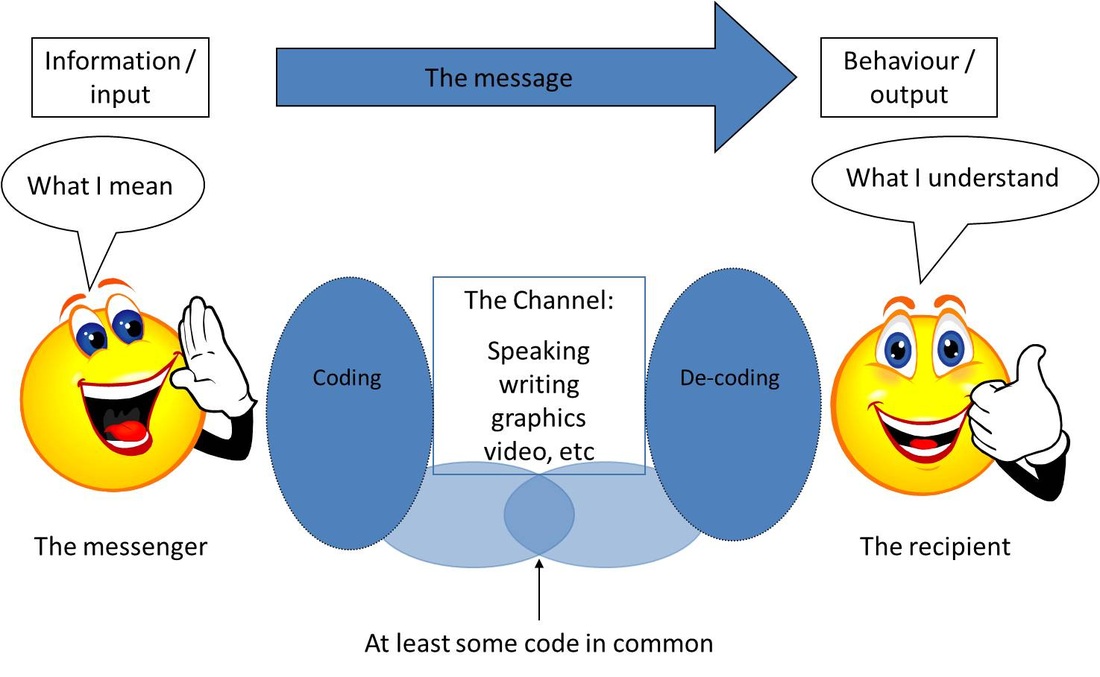

Instead, they'll be able to write automatically. As the students gain automaticity in phoneme-grapheme linkages, they will not need to write the lines which represent each syllable. Once students are proficient at the strategy, you can pull back the support by removing the dots underneath the lines that hold a place for each phoneme.


We want to provide students with the explicit instruction that provides a reliable strategy for encoding, spelling, multisyllabic words. The more we explicitly teach spelling and reading strategies, the more we set our students up for success.

Just as we take syllables apart to help the code for reading, we can take syllables apart to help for spelling instruction. We want students to see how the sounds within our spoken language link to the graphemes, the letter or letters, representing the individual spoken sound. Students need explicit instruction in strategies that help them spell multisyllabic words. How Does the Speech-to-Print Approach Assist in Spelling Multisyllabic Words? While this may be a practice that many of us are familiar with in the early grades with single-syllable words, how does this apply to multisyllabic words? Let's explore this. This speech to print approach helps us connect the phonemes, sounds, to the grapheme, letter/s the representation for each individual sound. It is the ability to segment words by individual sounds and use the correct sound-symbol correspondences in written form. Reading, or decoding, is applying the sound-symbol relationships and successfully blending them to read a word. In summary, we can think of reading and spelling as reciprocal skills. Did you miss last week's post? Click here to read that first. Hi, friends! Last week, I discussed the importance of connecting speech to print and how that relates to spelling instruction. Automaticty orthographic mapping reading Aug 12, 2021


 0 kommentar(er)
0 kommentar(er)
